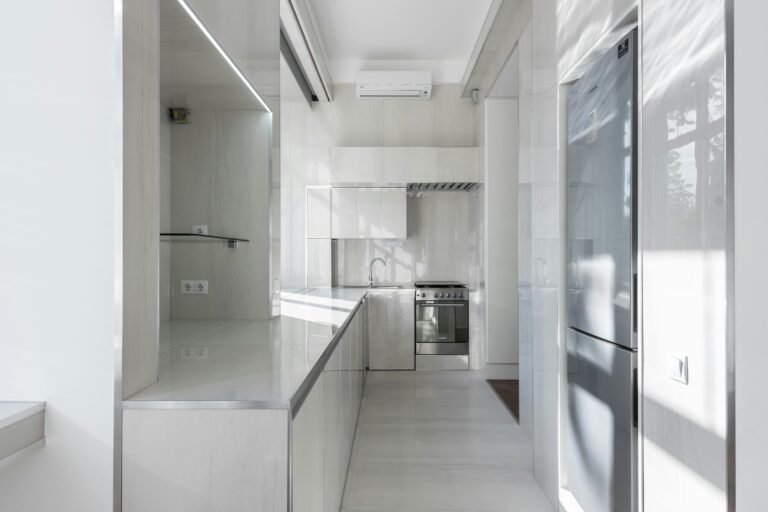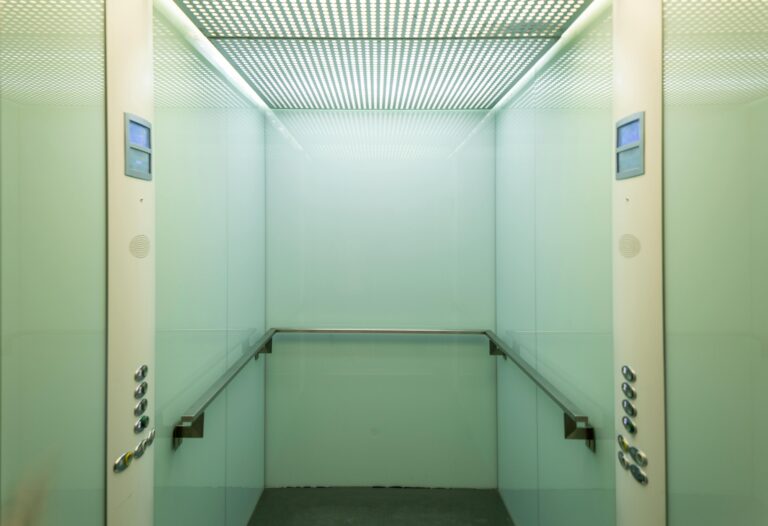Picture this: you step into what appears to be your dining room, but something extraordinary has happened. The space pulses with the same magnetic energy that made your last dinner at Le Bernardin unforgettable. The lighting sculpts dramatic shadows across hand-carved millwork, while every surface whispers of meticulous craftsmanship. This isn’t just interior design—it’s theatrical transformation.
The problem is that most luxury dining rooms, despite their hefty price tags, feel sterile and soulless. They have expensive furniture but lack the intoxicating atmosphere that makes Michelin-starred restaurants so captivating. The difference lies not in budget, but in understanding how visionary designers orchestrate every element to create sensory experiences that transcend mere dining.
In 2025, a new generation of interior alchemists is rewriting the rules of luxury dining design. They’re borrowing techniques from the world’s most celebrated restaurants and adapting them for residential spaces, creating rooms that don’t just feed the body—they nourish the soul.
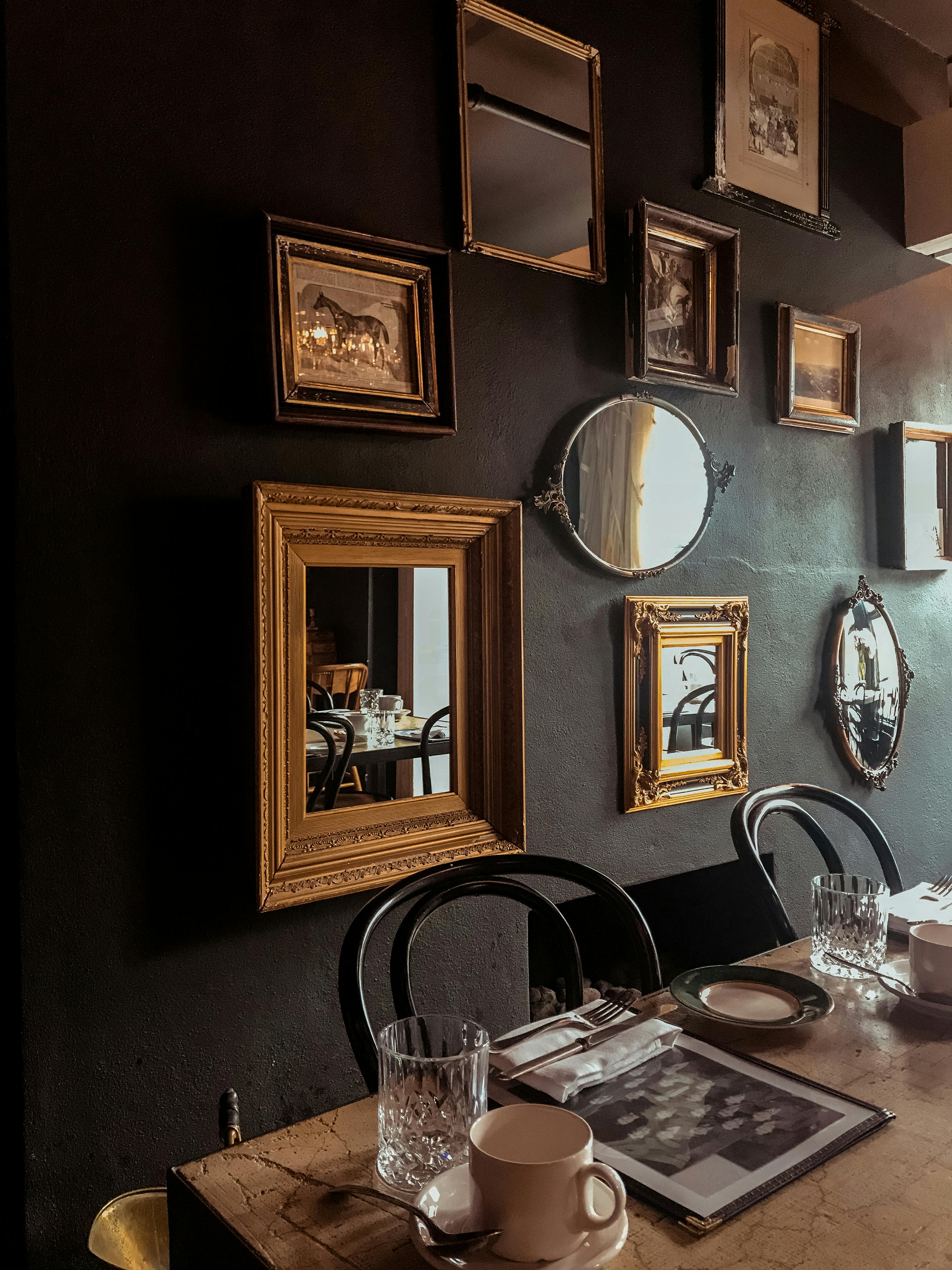
This Photo was taken by Mister Mister.
When millwork becomes the room’s autobiography
The most transformative dining rooms of 2025 share a common secret: their millwork tells a story. Unlike generic crown molding and standard wainscoting, bespoke architectural details create narrative depth that guests feel instinctively.
Consider how Michelin-starred restaurants use their physical environment to support their culinary narrative. At Noma in Copenhagen, rough-hewn wood and organic textures reinforce their connection to Nordic nature. Similarly, visionary residential designers are crafting millwork that becomes the room’s autobiography.
Custom millwork in 2025 goes far beyond decorative trim. Designers are integrating hidden wine storage within fluted wall panels, creating temperature-controlled display niches that showcase art collections, and designing serving stations that emerge seamlessly from what appears to be solid walls. These elements transform dining from a simple meal into an experience of discovery.
| Millwork Element | Traditional Function | 2025 Innovation | Experience Impact |
|---|---|---|---|
| Wall Paneling | Decoration | Integrated storage & display | Surprise and delight |
| Crown Molding | Finishing touch | Concealed lighting channels | Dramatic ambiance |
| Wainscoting | Wall protection | Acoustic performance zones | Intimate conversation |
| Built-in Buffets | Storage | Temperature-controlled displays | Culinary theater |
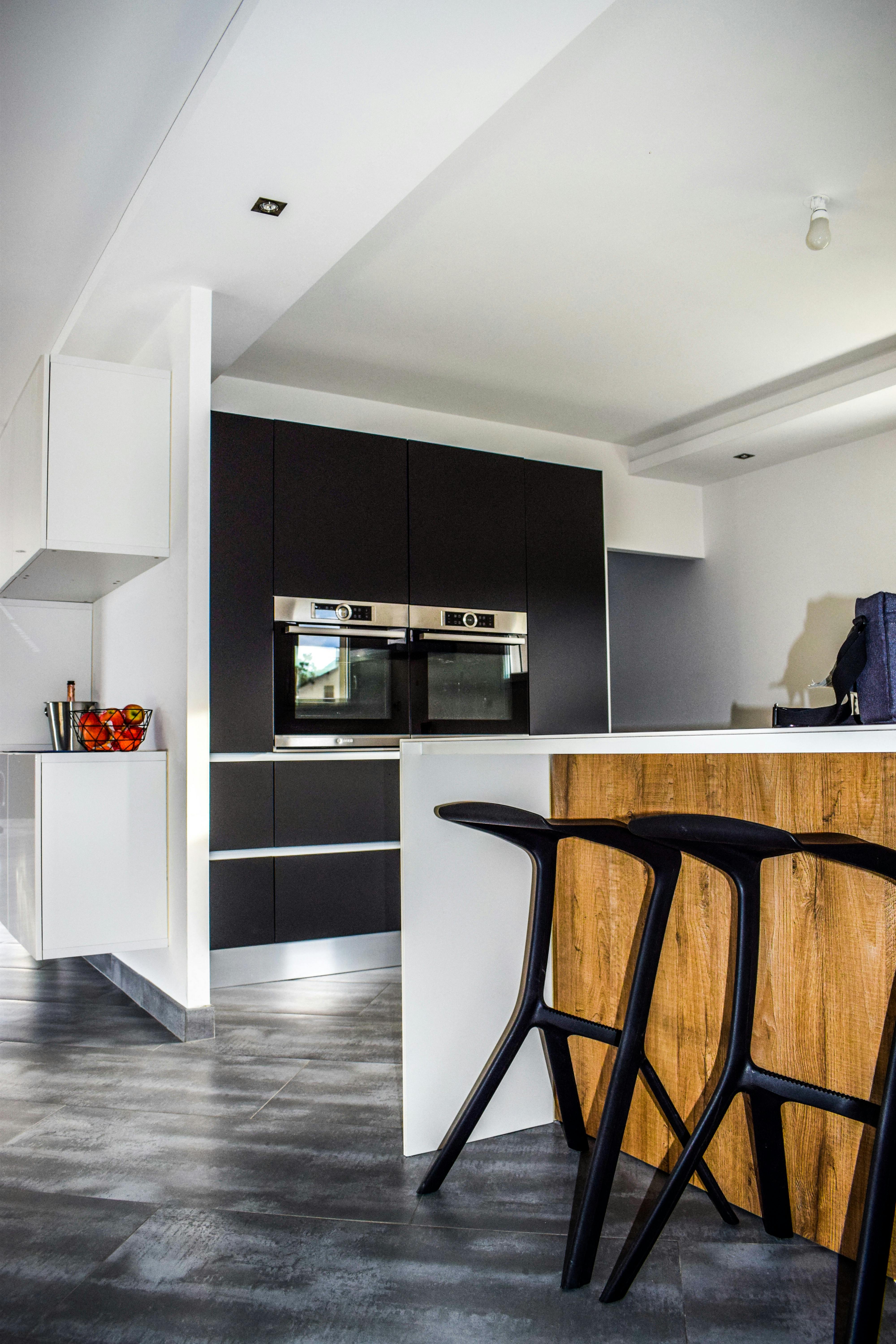
This Photo was taken by Pixabay.
The psychology of enclosure and revelation
Master designers understand that storytelling through design requires careful choreography of spatial experiences. They’re using millwork to create what psychologists call “prospect and refuge”—spaces where diners feel simultaneously secure and visually engaged.
Floor-to-ceiling millwork installations now incorporate varying depths and heights, creating intimate alcoves within larger spaces. These architectural features mirror the booth designs found in the world’s most exclusive restaurants, where conversations naturally become more intimate and meals feel more significant.
Orchestrating light like a conductor shapes sound
If millwork provides the stage, lighting becomes the director of the dining experience. The most successful restaurant-inspired residential transformations of 2025 treat strategic lighting design as both science and art.
Research from the Lighting Research Center shows that dining experiences are 40% more memorable when lighting can be adjusted throughout the meal progression. Visionary designers are installing systems that subtly shift color temperature and intensity, mimicking the natural progression from golden hour to candlelight intimacy.
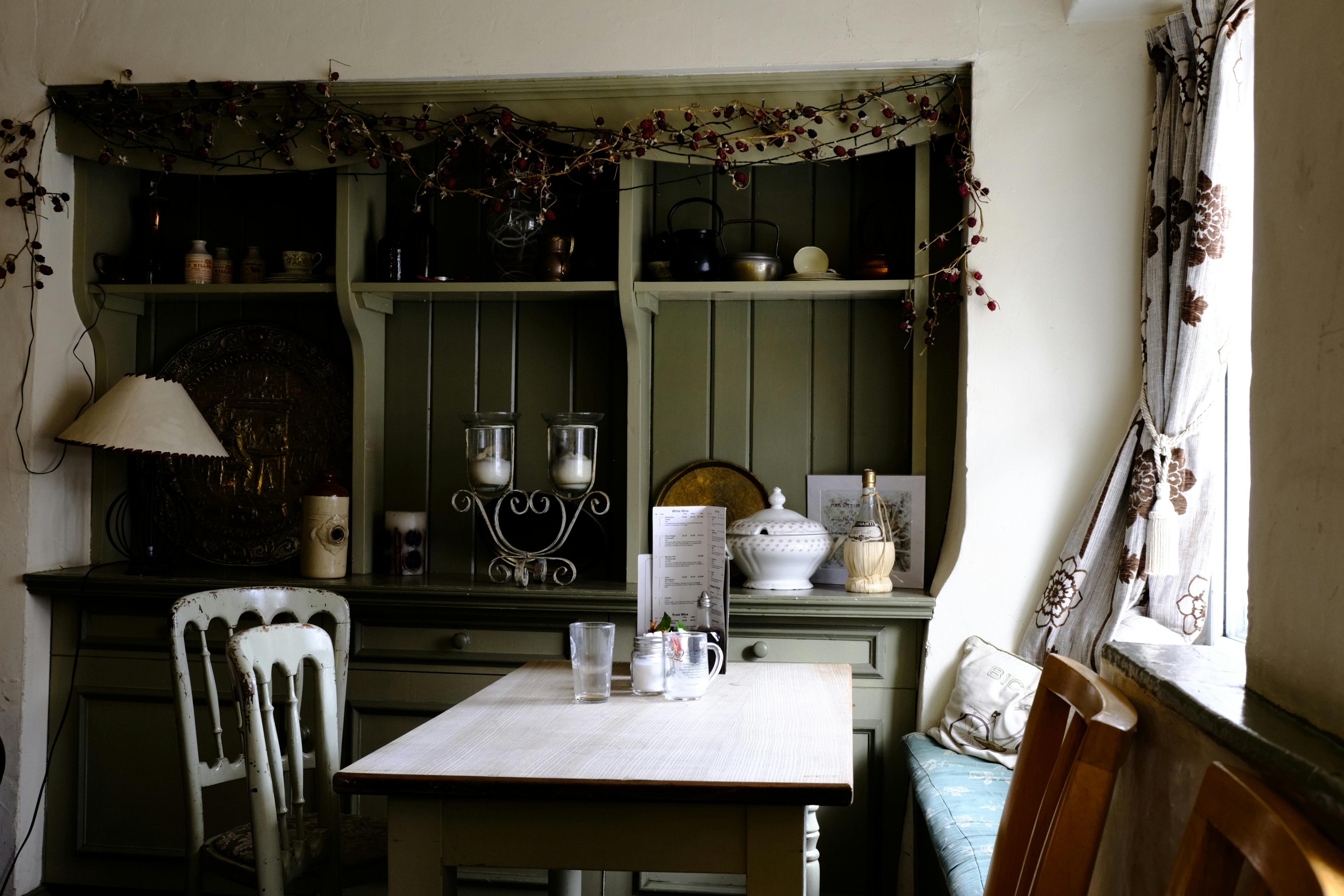
This Photo was taken by Krisztina Papp.
The three-layer lighting revolution
The most sophisticated dining room transformations employ what lighting designers call the “restaurant trilogy”: ambient foundation, accent drama, and task precision. Each layer serves both functional and emotional purposes.
Ambient lighting provides the emotional baseline. Instead of relying on overhead fixtures, designers are embedding LED strips within custom millwork, creating walls that glow from within. This technique, borrowed from high-end restaurants like Eleven Madison Park, eliminates harsh shadows while creating an ethereal atmosphere.
Accent lighting adds visual punctuation. Statement fixtures—whether they’re custom chandeliers or sculptural pendants—serve as conversation starters while providing focused illumination over dining tables. The key is choosing pieces that complement rather than compete with the millwork narrative.
Task lighting ensures functionality without sacrificing ambiance. Hidden under-cabinet lights in built-in serving areas, discrete picture lights for art collections, and adjustable reading lights in banquette seating all contribute to the room’s usability while maintaining its theatrical quality.
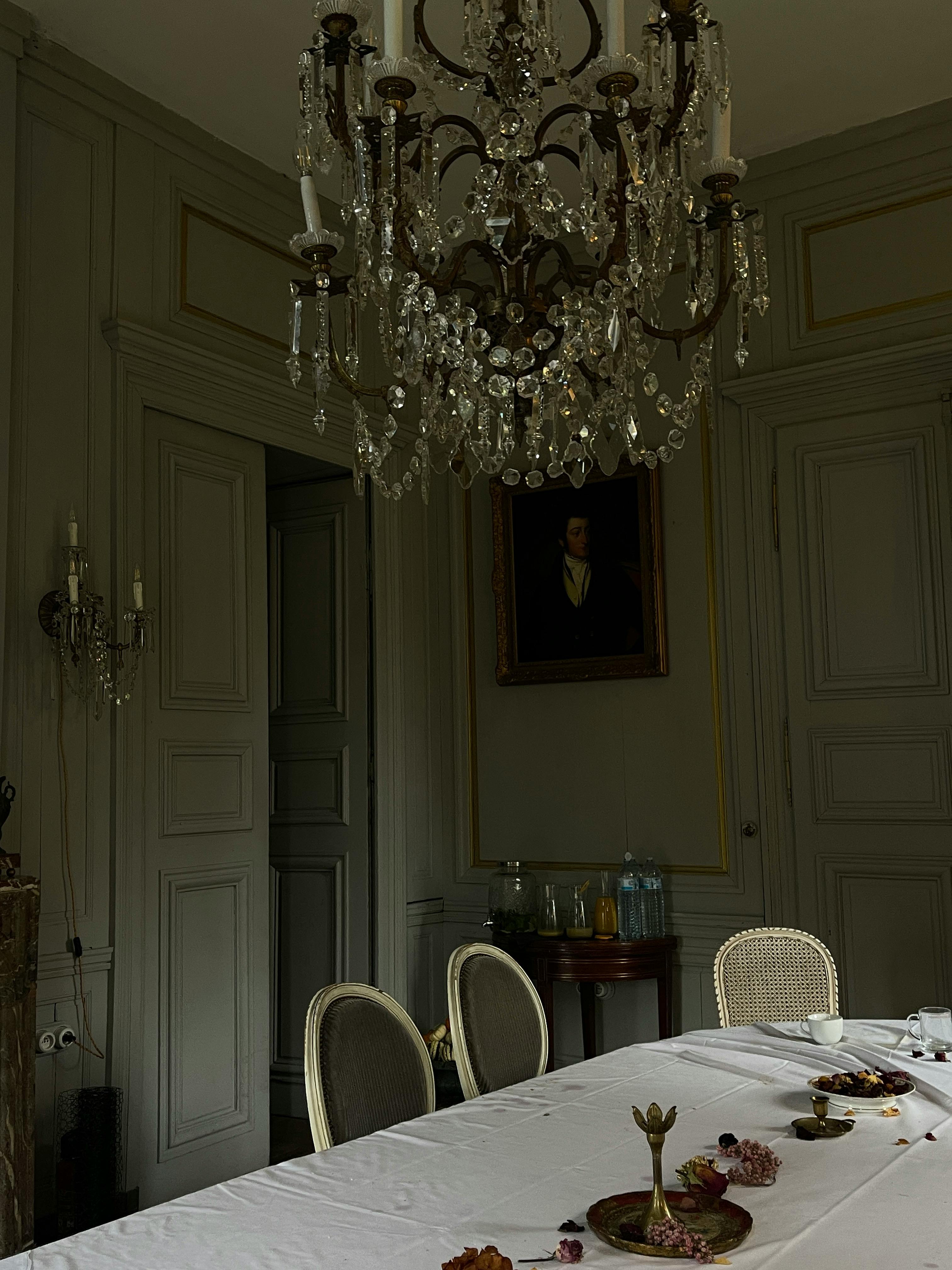
This Photo was taken by Eugenia Remark.
Technology as the invisible servant
The most remarkable aspect of 2025’s luxury dining transformations lies in what guests don’t see. Seamless smart home integration allows these spaces to adapt to any occasion without visible controls or obvious technology.
Circadian lighting systems automatically adjust throughout the day, supporting natural rhythms while optimizing the visual appeal of food presentation. According to Cornell University’s Food and Brand Lab, proper lighting can increase meal satisfaction by up to 18% while encouraging more mindful eating habits.
Sound systems integrated within millwork provide barely perceptible acoustic enhancement, ensuring conversation remains effortless even in larger spaces. These installations borrow techniques from high-end restaurants where acoustic design is as important as culinary execution.
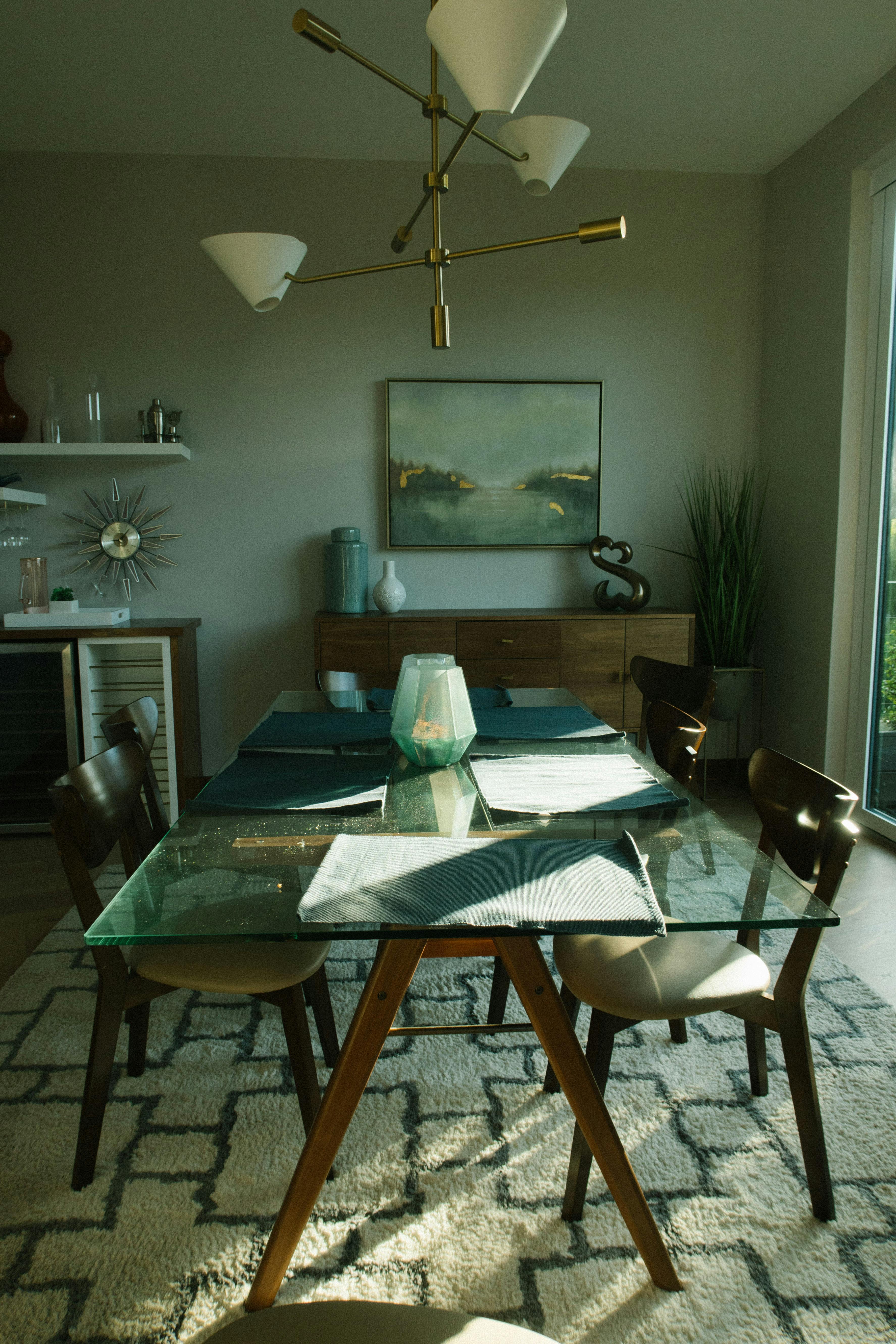
This Photo was taken by Athena Sandrini.
